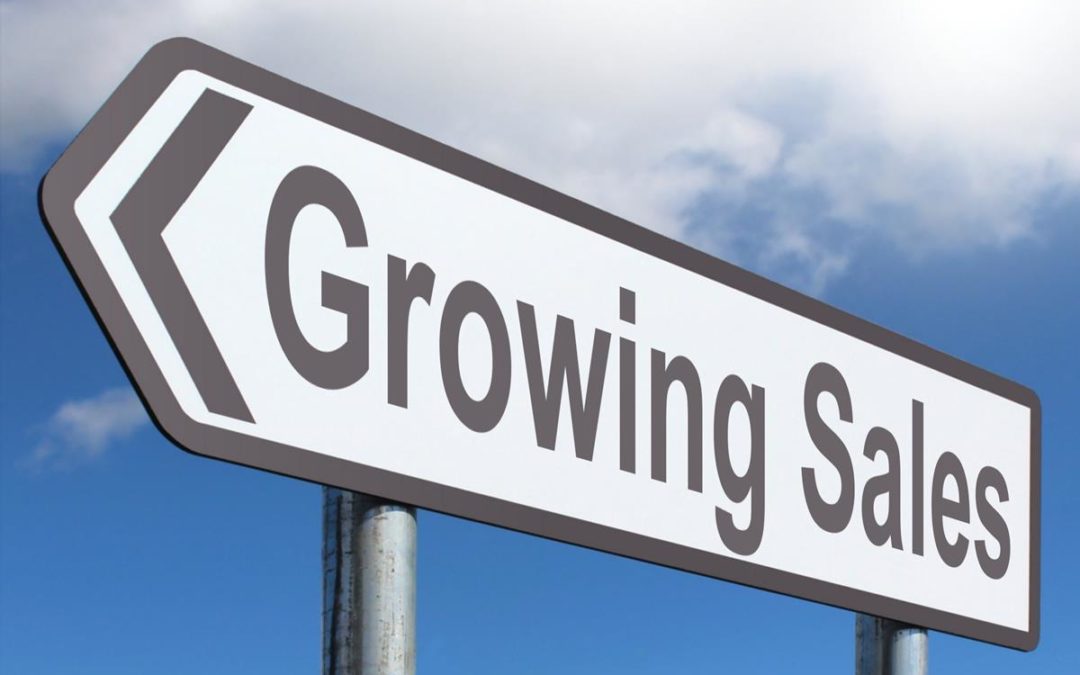America’s pastime – the game of baseball – is world renowned for its ability to collect countless statistics throughout the season. These stats measure productivity, gauge improvement, and in 1974, with the advent of free agency, these statistics began to heavily determine which players should be paid outrageous salaries for their levels of measurable success.
Since that time, billions of dollars have come and gone, based on these specifically collected, carefully observed, and intentionally applied metrics.
Can you say the same for your business?
Okay, perhaps not the billions part… But are cold calling metrics a key piece of information that you track every time your sales team takes the field?

Batter Up for Home Runs
In the telemarketing industry, it’s typical to find sales managers tracking the revenue-per-sales-rep statistic. These big picture numbers are like the average points earned counts on the back of a baseball card. Yes, they’re important. But they’re not the be all, end all, of salesperson cold calling metrics!
Sales managers must discover the importance of coaching their players towards success in a variety of key performance indicators, to move their team forward. By keeping an eye on the various metrics that are affecting the final outcome of the game each day, managers will become better able to finetune their team members’ performances.
Are you looking to keep your team focused and on message? Call Logic cloud dialing software can triple call rates, keep your team focused, and even features a whisper coach feature to train new team members on sales calls. Give Call Logic a try today!
Three Game-Changing Cold Calling Metrics
-
Time Spent Between Lead Responses
Your leads lists are like pitches being lobbed at a pitcher. The faster your players can be prepared to swing their bat, the fewer balls (that may have turned into home run hits!) fly past home plate.
A study published by the Harvard Business Review revealed the importance of the speed of responding to leads who accessed information about a business online: The more time that lapsed between initial lead capture to follow-up contact, the less willing the lead was to have a meaningful, forward-progressing sales conversation with a salesperson.
According to the study, “although 37% responded to their lead within an hour, and 16% responded within one to 24 hours, 24% took more than 24 hours – and 23% of the companies never responded at all. The average response time, among companies that responded within 30 days, was 42 hours.”
How quickly can your salespeople work their way through their lead lists? Are you using supporting technology like power dialers to reduce the length of time it takes to batter up?
-
Rate of Successful Contact
Every sales manager wants to see a high volume of sales calls being made. The more calls, the better rate of success. Similarly, the more times at bat, the better chance a player has at an RBI that makes an impact on the game. Keeping an eye on your sales reps’ call logs is a good place to start for tracking the number of swings being made.
You want your salespeople to be making lots of calls, as each call brings you closer to a sale. However, you must also be aware of the amount of time being lost on poor leads or on poorly managed cold call sales conversations.
If the “RBI” a player is earning with this cold calling metric is poor, it may be time to make use of call recordings or utilizing whisper training features to help provide needed coaching and training.

-
Rate of Follow-Up Contact
If a scout watched a ballplayer during only one game, they may or may not end up pursuing that potential recruit. However, if they attended multiple games and observed progressive improvement, they may just find that they are more interested in that player than they originally thought.
In the same way, it’s important for your salespeople to track the progressive dispositions of leads. By keeping an eye on the movement of prospects through the sales funnel and following-up accordingly, the potential for a sale increases exponentially.
According to a National Sales Executive Association survey, 80% of sales are made on the fifth to 12th contact. However, almost 50% of sales reps fail to follow up with leads even a second time! This shocking statistic reflects the importance of keeping solid records of leads worked over time and ensuring that the appropriate number of calls are logged against it.
Do you have a way of clearly and consistently tracking dispositions and providing email follow-ups to prospects? Are they moving leads closer to the sale with each at-bat?
Improve Your Sales Scoresheets
Constant monitoring of these – and other! – cold calling metrics help keep your finger on your team’s pulse and serves to reinforce the importance of high performance in areas that that lead your players forward.
Sure, every baseball player wants to have a truckload of home runs to his name. However, just as players don’t wrack up hundreds of home runs in every series, in the sales world, studies show the top 5% of performers typically secure an average of 6.9% scheduled meetings out of approximately 600 dials per week, with the help of auto-dialers and sales intelligence resources.
It’s what happens in between the sales homeruns that make or break your business.
If you’re unsure how your telemarketing team is performing by the numbers, or if you need help implementing affordable contemporary processes and technology that will help raise your sales stats, contact Call Logic today!
